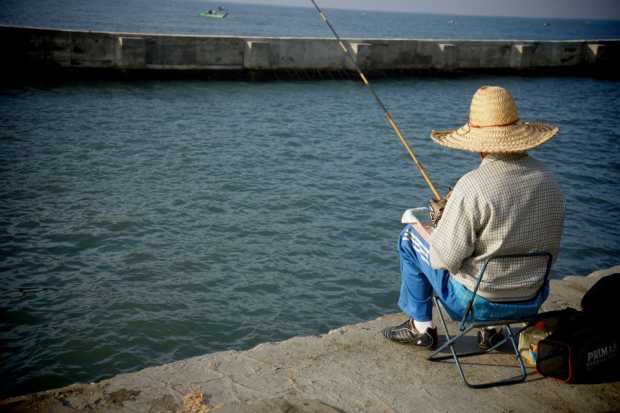Not a member yet? Sign Up!
Info
Please use real email address to activate your registration

The' economic potential of marine and coastal areas of Indonesia, according to the Indonesian Minister of Marine and Fisheries, is expected to reach 1.2 trillion U.S. dollars / year, equivalent to 10 times the nation’s revenues and expenditures in 2012.
 According to an FAO report, marine fisheries resources in Indonesia are classified into (1) large pelagics (skipjack, other tunas, billfish, oceanic sharks and small tuna); (2) small pelagics (scads, mackerels, sardinellas, trevallies, engraulid anchovy); (3) demersal and coral reef fishes (groupers, snappers, rabbitfish, slipmouth); and (4) prawn, shrimp, other crustaceans.
According to an FAO report, marine fisheries resources in Indonesia are classified into (1) large pelagics (skipjack, other tunas, billfish, oceanic sharks and small tuna); (2) small pelagics (scads, mackerels, sardinellas, trevallies, engraulid anchovy); (3) demersal and coral reef fishes (groupers, snappers, rabbitfish, slipmouth); and (4) prawn, shrimp, other crustaceans.
Most of the marine resources in the western part of Indonesian waters have been exploited intensively, while most resources in the eastern part still have room for development.
 The Ministry of Marine and Fisheries promotes the four pillars of socio-economic development strategy: pro-growth, pro-poor, pro-job and pro-environment; hence actively continues to improve alignment of fish production, income and welfare of fishers.
The Ministry of Marine and Fisheries promotes the four pillars of socio-economic development strategy: pro-growth, pro-poor, pro-job and pro-environment; hence actively continues to improve alignment of fish production, income and welfare of fishers.
The Indonesia Marine & Fishery Industries Expo 2012 held on 6-9 September 2012 in Jakarta was a showcase of Indonesia’s resources as well as activities carried out by stakeholders.
Themed "Strengthening the Marine Industralization and Blue Economy Based Fisheries for Society’s Welfare" the exhibition was one of a series of activities leading to Nusantara Day on December 17, 2012 in East Lombok, West Nusa Tenggara Province.
The exhibition with 35 participants in 91 booths represented marine and fisheries offices in provincial, regency and city level, government owned companies, private sector, small and medium enterprises and non government organizations.
Stakeholders displayed and conveyed various kinds of information and the potential benefits resulting from the wealth of the sea, in the form of crafts, food, and programs on managing and utilizing marine products properly and safely.
Guided by WWF, for example, visitors learned how to use the Seafood Guide for healty seas and healthy seafood. According to the WWF, wild catch is divided into 3 parts: Red list means should not be caught or consumed, including Triton and Bluefin Tuna. Orange list, should think twice before catching or consuming, such as Spiny Lobster and Albacore Tuna. Green list is allowed or best to catch or to consume, Hardenberg's Anchovy and Spanish Mackerel.

--------------------
Photos by Maira Niode & Dian Anggraini